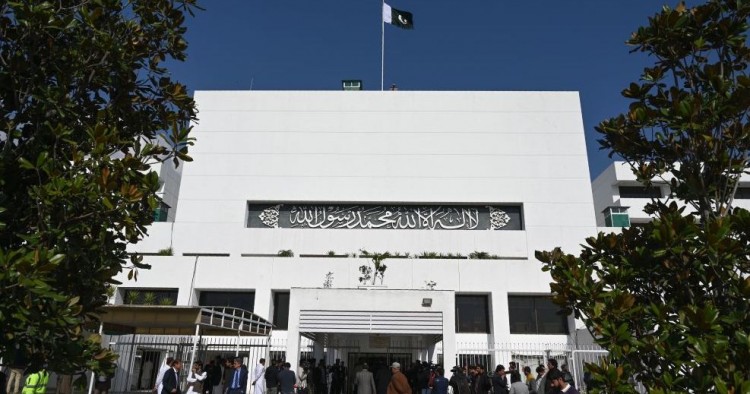The budget for 2020-21 was designed at a particularly difficult time for Pakistan’s economy. While undergoing a tough adjustment program supported by the IMF to reverse deterioration in the external position and to restart economic growth, the economy was buffeted by the coronavirus. Production fell, unemployment increased, the economy contracted, and the budget deficit worsened while inflation remained high and external reserves were low. Government borrowing increased sharply, worsening the already difficult debt situation. Implementation of the IMF-supported adjustment program was suspended.
The framers of the 2020-21 budget were confronted with a long list of conflicting objectives. These included combatting the coronavirus, restoring growth, reducing unemployment, controlling inflationary pressures, resuming financial and structural adjustment under the IMF-supported program, and establishing a viable external payments position. There was a need to sustainably reduce debt service payments, which accounted for more than 40 percent of total budget expenditure, and divert spending toward the development of a self-sustaining private sector. Given inadequate domestic revenue mobilization, sharply reduced capacity to finance deficits, and political and institutional constraints on additional resource mobilization, the 2020-21 budget focuses on economic stabilization supported by the IMF program, as well as addressing both the coronavirus and poverty.
While still under discussion in the National Assembly, the 2020-21 budget aims at austerity through a freeze on government salaries and pensions, reduction in subsidies of up to 48 percent, and a reduction in the public sector development program. Significant increases have been budgeted for fighting the coronavirus and for the public support program for the poor. The budget calls for privatization of some state enterprises, but it is unclear if the overall subsidies to the large public enterprise sector will decline. The authorities also expect to undertake additional tax measures later in the year to mobilize more revenue. In the process, the budget is targeted to leave the overall deficit at about 7 percent of GDP but register a primary surplus (excluding debt service payments) equivalent to 0.5 percent of GDP. The budget outcome will, however, critically depend upon the implementation of hard policy actions that may not be feasible.
Zubair Iqbal is a non-resident scholar at MEI. He previously worked for the IMF for 35 years, retiring in 2007 as Assistant Director of the Middle East and Central Asia Department. The views expressed in this piece are his own.
Photo by AAMIR QURESHI/AFP via Getty Images
The Middle East Institute (MEI) is an independent, non-partisan, non-for-profit, educational organization. It does not engage in advocacy and its scholars’ opinions are their own. MEI welcomes financial donations, but retains sole editorial control over its work and its publications reflect only the authors’ views. For a listing of MEI donors, please click here.













